
testo 835-T2 – High Temperature IR Thermometer
$2,361.00 (excl.VAT)FLIR TG165-X Thermal Camera
Hioki IR4056-20 Insulation Tester
$0.00 (excl.VAT)FLIR TG165-X Thermal Camera
What is a Manometer? Understanding Its Types, Uses, and Working Principles

Have you ever wondered how professionals measure pressure with precision in industries, laboratories, or even in your home? A manometer is a fundamental tool for accurate pressure measurement, widely used across various fields due to its reliability. But what exactly is a manometer, how does it work, and where is it used?

What is a Manometer? Understanding Its Types, Uses, and Working Principles
As an essential instrument in HVAC systems, medical devices, industrial processes, and scientific research, understanding manometers can help you make informed decisions about pressure measurement. In this expert guide, we’ll cover everything you need to know—from the working principles to the different types and their applications.
📖 In this expert guide, you’ll learn:
✅ What a manometer is
✅ How it works
✅ Different types & their applications
✅ How to choose the right manometer for your needs
According to the National Institute of Standards and Technology (NIST), manometers remain one of the most reliable pressure measurement tools due to their simplicity and accuracy (NIST, 2023).
Common Uses of Manometers:
A manometer is a device used to measure pressure in gases and liquids. It operates based on the fluid column displacement principle, where pressure differences cause liquid levels to rise or fall.
- HVAC Systems 🏠 Measuring airflow pressure
- Medical Equipment 💉 Found in blood pressure monitors & respiratory devices
- Industrial Applications 🏭 Monitoring gas & liquid pressure
- Scientific Research 🔍 Ensuring precise lab measurements
📖 Source: McGraw-Hill’s “Handbook of Measurement and Control” (2021) states that manometers are among the most reliable pressure-measuring instruments in industrial and laboratory settings.

Common Uses of Manometers
How Does a Manometer Work?
Manometers compare the pressure of a gas or liquid to a reference pressure, usually atmospheric pressure.⚙️
Key Working Principles:
✔ Fluid Column Displacement – The height difference in the liquid column reflects the applied pressure.
✔ Pascal’s Principle – Pressure applied to a confined fluid transmits equally in all directions.
✔ Hydrostatic Pressure Formula:
P=ρgh
📖 Where:
🔹 P = Pressure
🔹 ρ = Fluid density
🔹 g = Gravitational acceleration
🔹 h = Height of the liquid column
📌 Expert Insight: According to the American Society of Mechanical Engineers (ASME, 2022), understanding Pascal’s principle is crucial for correctly interpreting manometer readings!
Types of Manometers & Their Uses
Manometers come in different types, each designed for specific applications.
U-Tube Manometer
Structure: U-shaped tube partially filled with liquid
📌 Usage: Ideal for low to medium pressure measurements
✅ Pros: High accuracy, no moving parts, doesn’t require power
📖 According to “Industrial Fluid Mechanics” (Cambridge University Press, 2021), U-tube manometers are widely used in academic research due to their reliability.
Inclined Manometer
Structure: A tube inclined at an angle for better sensitivity
📌 Usage: Best for low-pressure measurements (HVAC, gas flow monitoring)
✅ Pros: More precise than standard U-tube manometers
📌 A study in the Journal of HVAC Engineering (2022) found that inclined manometers improve measurement accuracy by nearly 25% in low-pressure conditions.
Digital Manometer
Structure: Electronic pressure sensor with a digital display
📌 Usage: Common in industrial and commercial applications
✅ Pros: Highly accurate, easy to read, and portable
📖 The International Journal of Instrumentation Science (2023) states that digital manometers are becoming the industry standard due to IoT integration and automated data logging.
Well-Type Manometer
Structure: Reservoir (well) connected to a vertical column
📌 Usage: Suitable for differential pressure measurements
✅ Pros: Simple design with reliable performance
| Type | Structure | Usage | Pros |
|---|---|---|---|
| 🏆 U-Tube Manometer | U-shaped tube with liquid | Labs & industrial use | High accuracy, no power needed |
| 🔍 Inclined Manometer | Angled tube for sensitivity | HVAC & gas flow systems | More precise than U-Tube |
| 📟 Digital Manometer | Electronic sensor + display | Industrial & commercial use | Easy to read, highly accurate |
| 🛢️ Well-Type Manometer | Reservoir + vertical column | Differential pressure readings | Compact, reliable performance |
📌 A report by the European Society of Fluid Measurement (2022) confirms that well-type manometers are preferred in aviation and hydraulic systems.
Where Are Manometers Used?
Manometers play a vital role in various industries:
- HVAC Systems 🏠 Measuring airflow in heating and ventilation
- Medical Field 🏥 Found in blood pressure monitors & respiratory devices (American Medical Association, 2023)
- Industrial Applications 🏭 Monitoring gas & liquid pressure
- Aerospace & Engineering 🚀 Ensuring pressure control in aircraft (NASA, 2022)
- Laboratory Research 🔍 Used in experiments requiring accurate pressure readings
Why Choose a Manometer? Key Benefits
What makes a manometer a superior choice for pressure measurement? Here are the main benefits:
✅ High Accuracy – Delivers precise & reliable readings
✅ Simple Operation – No complex mechanisms involved
✅ Versatile Applications – Used in various industries
✅ Durable & Reliable – Long lifespan with minimal maintenance
✅ No Power Required (for analog models) – Works without electricity
📌 Research Insight: A 2023 study by the American Institute of Metrology reported that traditional analog manometers still outperform many modern sensors in long-term accuracy and durability!

Why Choose a Manometer?
How to Choose the Right Manometer?
Selecting the best manometer depends on your specific requirements. Consider these important factors:
Type of Pressure Measurement – Gauge, Differential, or Absolute?
📏 Accuracy Requirements – Need high precision? Go for digital models.
🏭 Application Environment – Indoor, outdoor, industrial, or laboratory use?
💧 Fluid Compatibility – Ensure the liquid inside the manometer suits the pressure medium.
📟 Ease of Use – Digital displays offer quick readings, while traditional manometers are rugged & reliable.
📖 Source: MIT Press’ “Advanced Fluid Mechanics for Engineers” (2023) highlights how choosing the right manometer significantly impacts measurement accuracy.
Manometers are critical for precise pressure measurement across industries, from scientific research to medical applications.
🎯 Key Takeaway:
✔️ Before buying a manometer, consider accuracy, pressure range, and ease of use to select the best model for your application.
📖 For Further Reading:
📚 Check out “Advanced Fluid Mechanics for Engineers” (MIT Press, 2023) for an in-depth look at pressure measurement techniques.
About the Author :

I’m Mahboubeh Jahebi, a content writer and SEO expert with over 5 years of experience in industrial equipment and precision measurement technologies. I’ve worked with international brands and contributed to the content strategy of Mohammad Mahdi Electronics (MME), a leading supplier of test instruments in the Middle East.












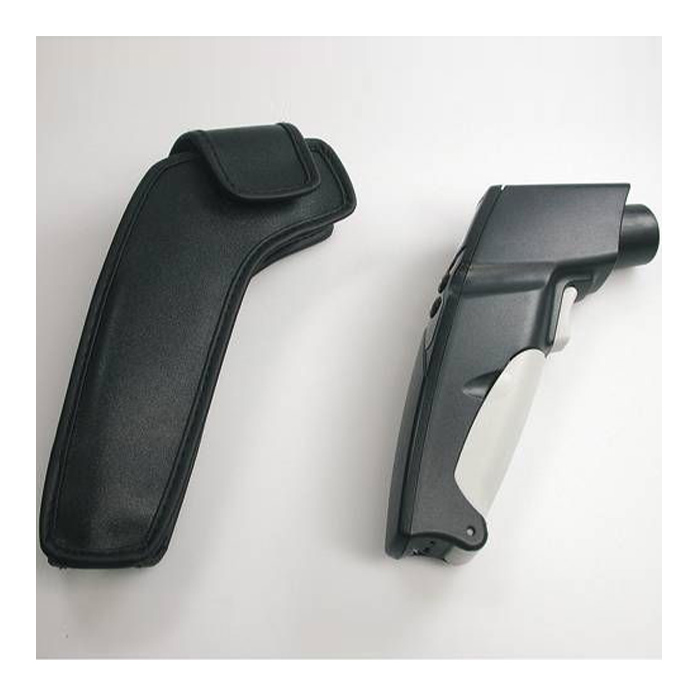
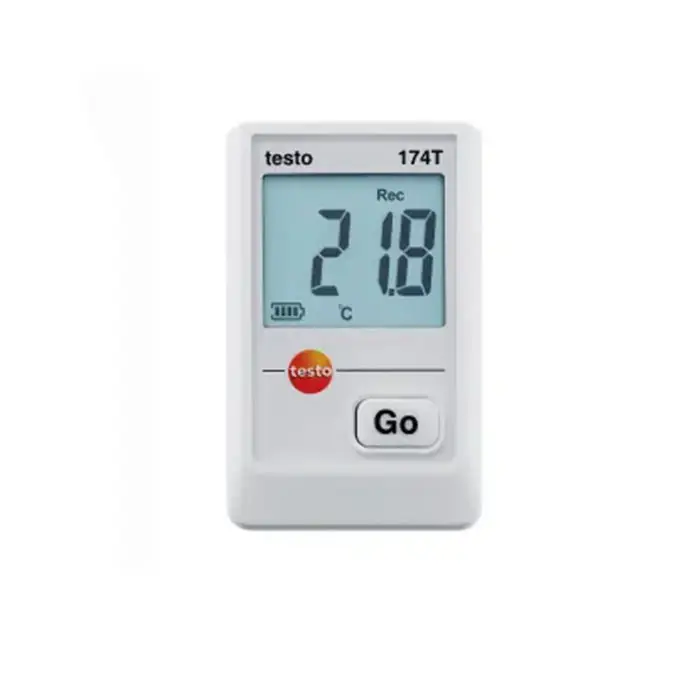
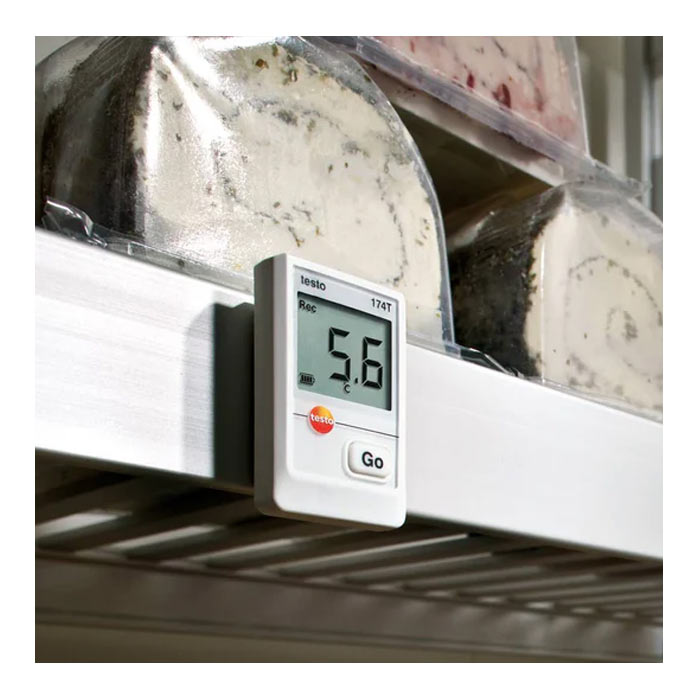

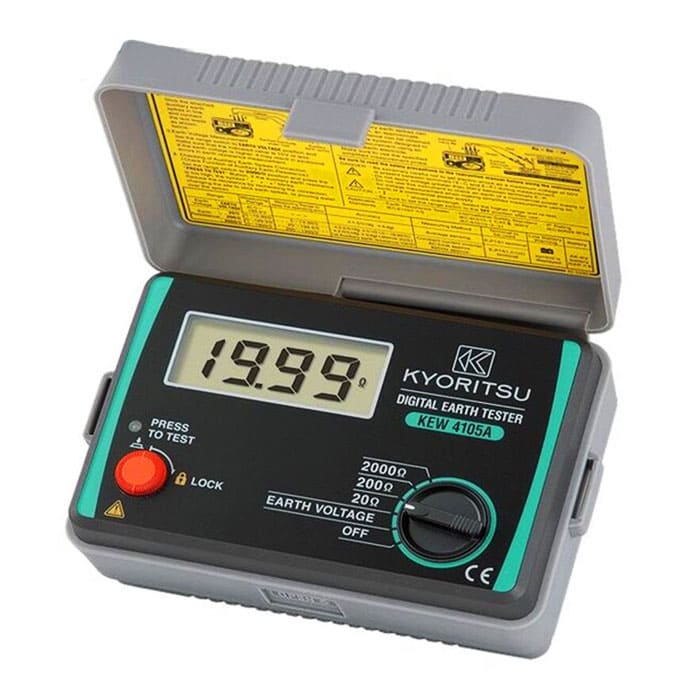

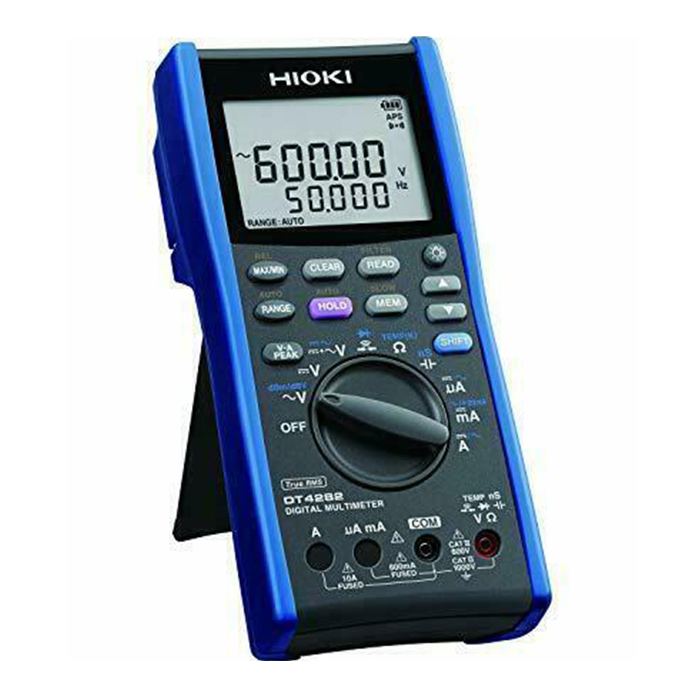




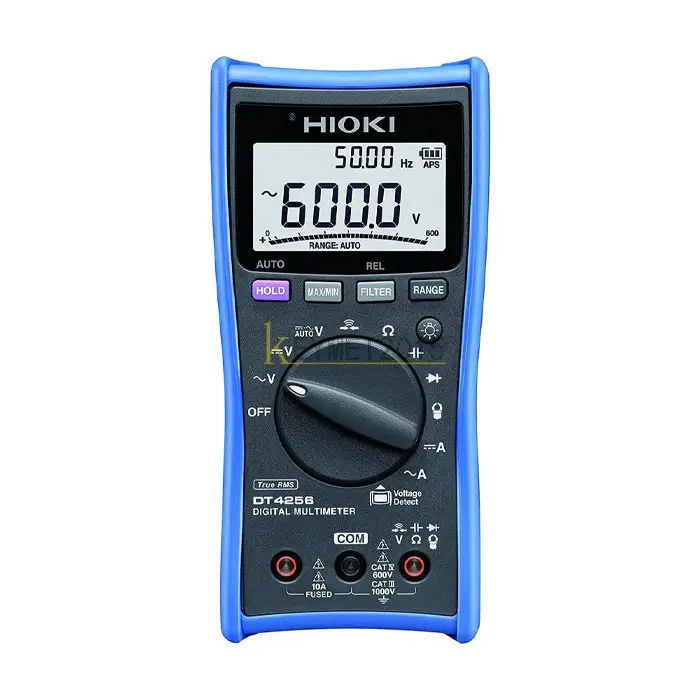
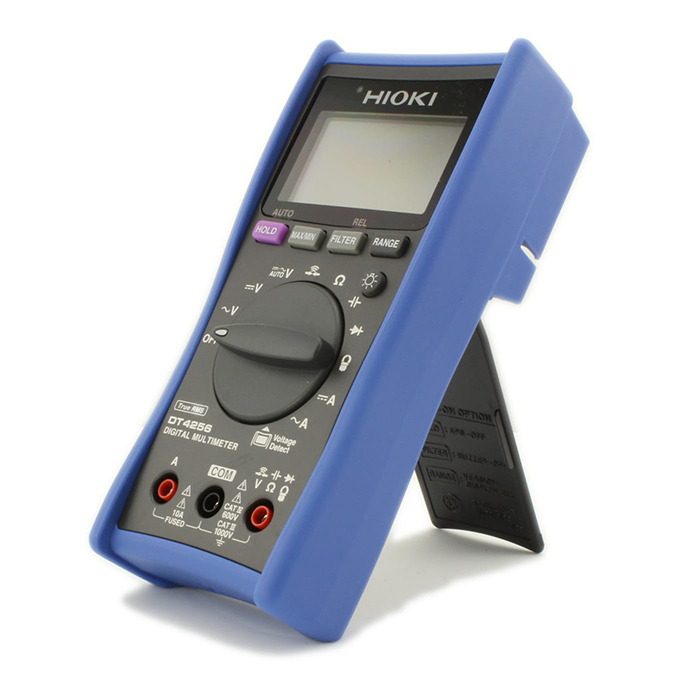
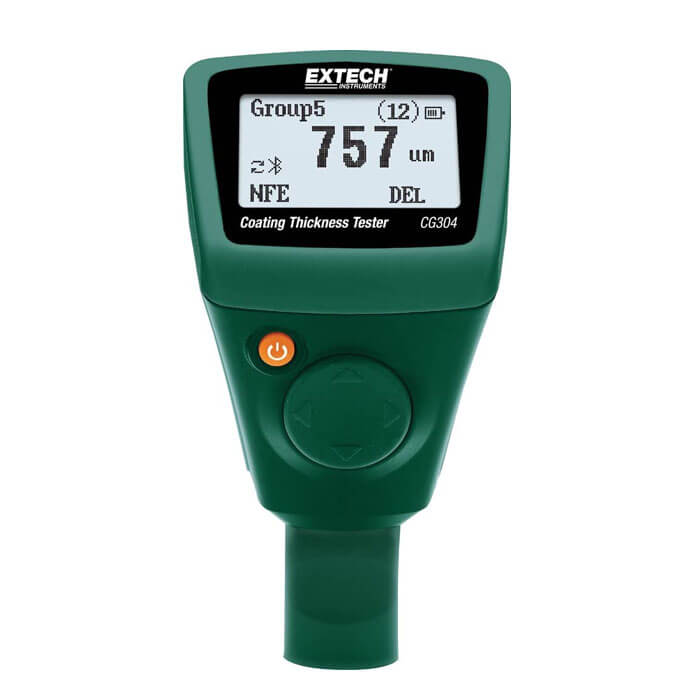
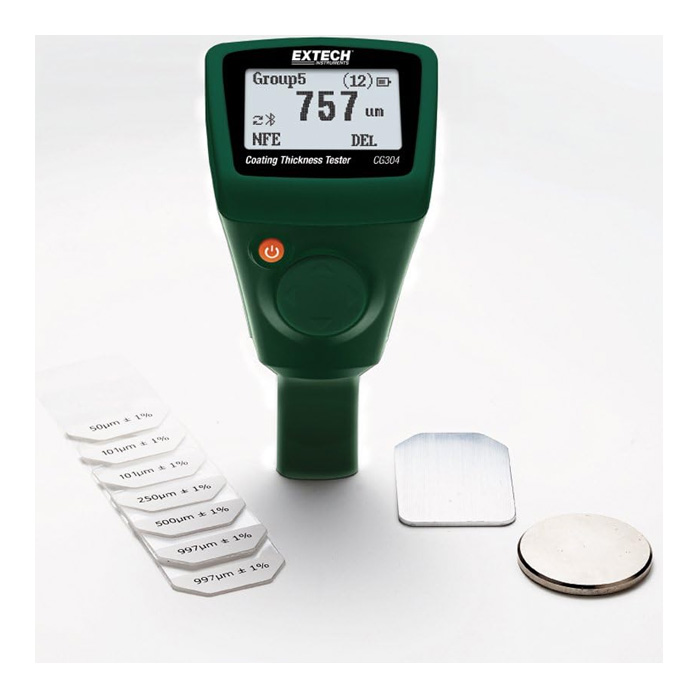



 Bench Multimeters
Bench Multimeters